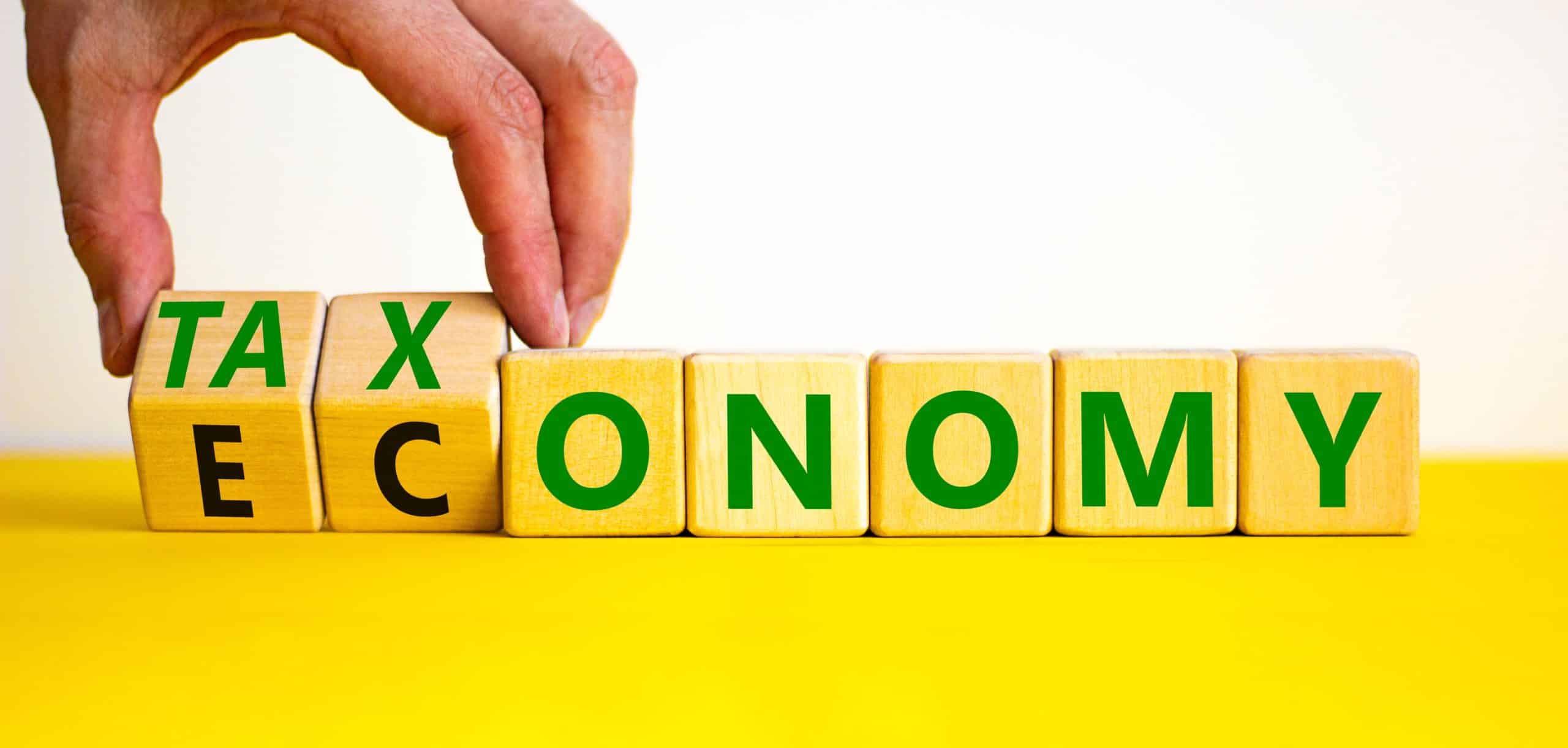The European taxonomy is one of the activities carried out by the European Union under the Green Deal for Europe (Green Deal).
Due to the alarming forecasts recently received from the latest reports, we can say that environmental issues are now an integral part of economic development policy on a global scale. There is no doubt that taxonomy eligibility is exactly what you should pay attention to if you have a business.
The European Union seeks to fundamentally transform economic activity. This is to ensure that by 2050, Europe will be the first continent to achieve climate neutrality.
This project requires unprecedented cooperation on the environmental aspect between the main economic players on the continent. The European taxonomy represents one of the levers for achieving this ambitious goal, which will be achievable in the coming years.
What is European Green Taxonomy?
The European Green Taxonomy allows the classification of economic activities that contribute to the achievement of the environmental goals set by the European Green Deal. This is the result of the European regulation EU 2020/852 adopted in June 2020.
The first part of the European regulation defining the European taxonomy came into force in January 2022. All provisions will be finalized and applied in early 2024.
This European regulation covers more than 90 types of economic activity. They alone account for 93% of greenhouse gas emissions on the European continent. When an activity has a level of CO2 emissions below the threshold set by the experts of the European Commission, i.e. less than 100 g CO2 per kWh, this activity qualifies as sustainable.
In addition, certain activities that exceed this threshold may be included in the taxonomy. That is, when they are labeled as linking or supporting activities. These are activities for which there is currently no alternative solution (transitional activities) or which allow the development of sustainable sectors (enabling activities).
The European taxonomy includes (also) a number of 6 environmental targets, namely:
- climate change mitigation;
- adapt to climate change;
- protect marine and water resources by promoting the wise and sustainable use of these resources;
- make the transition to a circular economy;
- reduce existing pollution and prevent the emergence of new sources of pollution;
- protect and develop biodiversity.
Economic activity can be qualified as sustainable according to the European green taxonomy. However, it’s possible if it contributes to the achievement of at least 1 of the 6 goals mentioned above. In addition, this contribution to an environmental goal must not undermine other environmental goals. Otherwise, economic activity cannot be considered “green” according to the classification system of the European taxonomy.
What is the best solution for companies in the context of taxonomy?
The provisions of the European taxonomy affect most European countries. Thus, the Celsia service is a great tool that can help companies carry out verification.
Who benefits most from working with Celsia?
- Companies with more than 500 employees who are already required to report their environmental performance in their non-financial reporting;
- Financial market participants (asset managers, central banks, etc.);
- Member States when they apply government measures, standards or labels for green financial products or green bonds.
- The expansion of this regulation to large companies is already planned by 2024 with the entry into force of the new provisions.
What are the obligations of companies?
Companies affected by the taxonomy from January 2022 are required to:
- Conduct an acceptability analysis to see if one or more of their activities fit the taxonomy;
- Conduct a conformity analysis to check whether the eligible activities meet the terms of the taxonomy agreement;
- Calculate and publish the share of turnover, capital expenditures, and operating expenses, based on the previous year’s financial year, that is associated with this activity, which is considered sustainable in accordance with the European taxonomy regulation.
The main aim here is to establish the extent to which the company is involved in its transition to a green circular economy.
What are the challenges facing companies?
Companies that are currently integrating taxonomy into their economic development policies face many challenges.
The main advantages include:
- Have access to green investments to raise funds;
- Capitalize on European recognition in order to avoid accusations of green laundering;
- Anticipate future regulations regarding CO2 emission reductions and the transition to a circular economy;
- Be aware of their corporate social responsibility policies and better understand the impact of their activities on the environment.
In addition, companies that integrate the European Green Taxonomy into the core of their operations will be able to more easily communicate with their stakeholders about their policies. Stakeholders will have more confidence in a company that subjects its involvement in sustainable development to rigorous European-level scrutiny.
What new provisions are planned for the coming years?
From January 2022, interested companies must declare the financial part of their activities that fall under the taxonomy through their non-financial reporting. It should be noted that the texts relating to the environmental objectives of climate change mitigation and adaptation have entered into force.
In February 2022, the European Commission will integrate natural gas, as well as nuclear power, into the European taxonomy. These delegated texts are currently the subject of heated debate. Member States and the European Parliament have 4 months to submit their objections.
By July 2022, an application report will be published explaining each provision of the taxonomy.
In January 2023, the remaining 4 environmental criteria will apply to eligibility analysis and taxonomy agreement.
The last important date already programmed into the calendar of the European Commission is January 2024, when the CSRD (Corporate Sustainability Reporting Directive) comes into force, extending the non-financial reporting obligation to the 50,000 largest European companies.
In addition, the European green taxonomy will be reviewed every 3 years, which will undoubtedly lead to a gradual increase in mandatory measures for an increasing number of companies.
Therefore, companies are now extremely interested in understanding the provisions of the European taxonomy. This is by taking stock of their current CSR policies. The European Commission is clearly demonstrating its desire to extend the taxonomy to all economic entities in the long term. Its goal is to accelerate our transition to a more environmentally friendly circular economy.
Photo: Dmitry Demidovich/Shutterstock
Sponsored Post
Support us!
All your donations will be used to pay the magazine’s journalists and to support the ongoing costs of maintaining the site.
Share this post
Interested in co-operating with us?
We are open to co-operation from writers and businesses alike. You can reach us on our email at [email protected]/[email protected] and we will get back to you as quick as we can.










